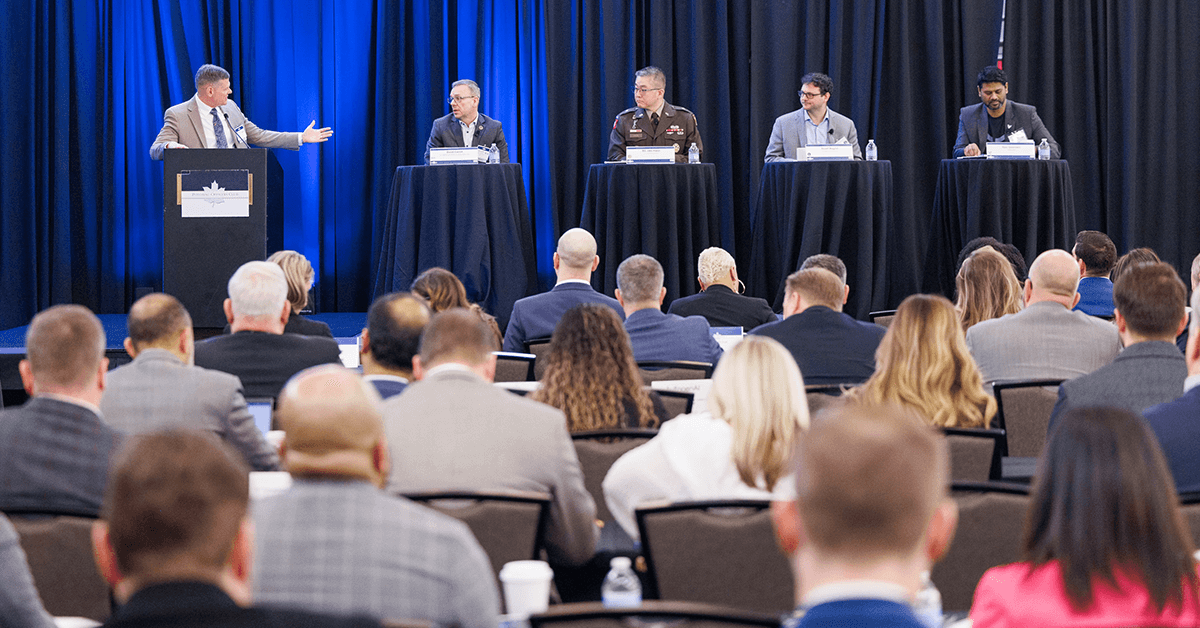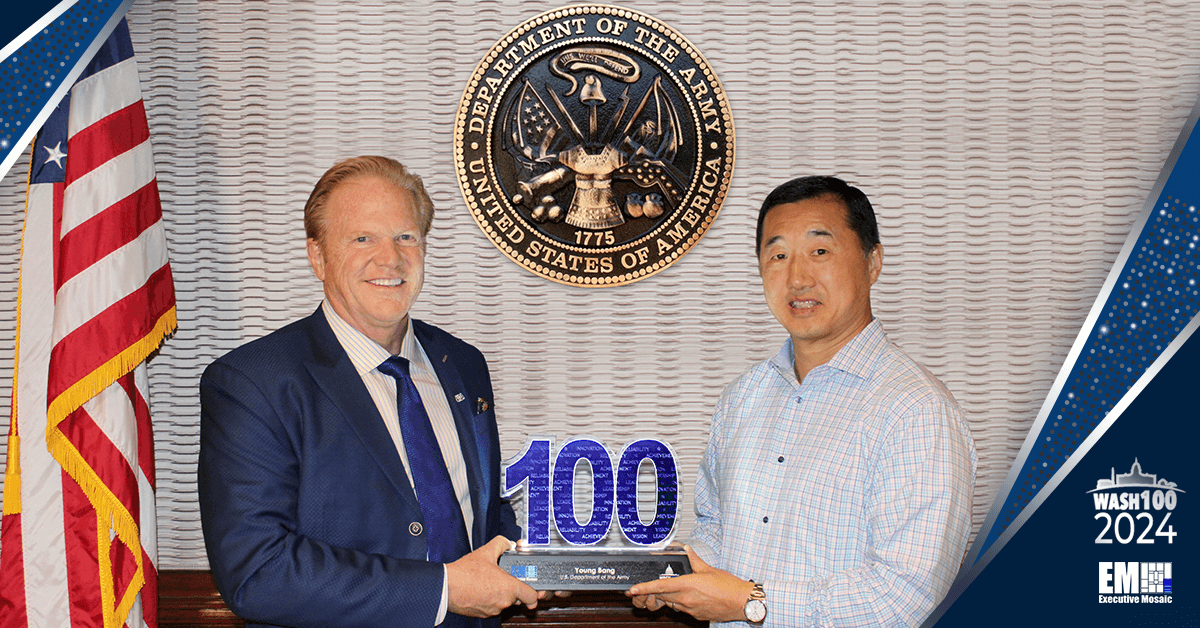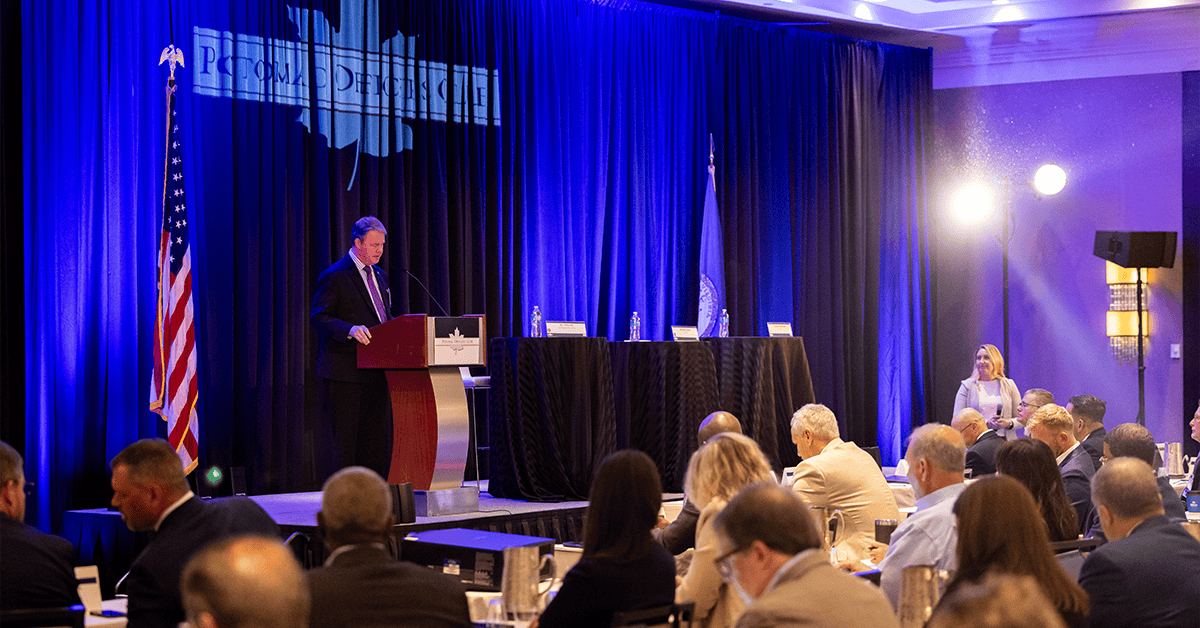In the last year, the U.S. government has made some decisive steps toward the adoption of artificial intelligence technologies, including an executive order issued in October that lays the groundwork for AI in the federal government. But defense experts say there are still roadblocks toward widespread AI across the public sector.
For one, the Pentagon may need to reshape how it approaches AI. Stuart Wagner, whose term as chief digital transformation officer for the U.S. Air Force just came to an end, said the DOD currently views AI as a capability to “drop in” and leverage. But in reality, AI is a dynamic tool that should be “constantly calibrated,” not just deployed and forgotten, Wagner asserted.
“The way I think it will work in the future is we’re going to do with engineers what Silicon Valley does with engineers today in AdTech. We’re going to employ them to constantly calibrate,” Wagner said during the “A Journey to AI” panel discussion at the Potomac Officers Club’s 5th Annual AI Summit last week.

“If I’m in industry and I have some sort of solution I’m pitching, I think that solution should not be solely about what does it contribute to the mission today, but how quickly can I calibrate it and improve it based on the collection of data in the future,” Wagner explained. “And the faster I can calibrate, that’s my time to learn. It’s my time to adapt. We may show up to a war with better capabilities and lose it if our adversary can adapt faster than us.”
Along the same lines, Ravi Gourineni, chief delivery officer at Fearless, noted that more effective AI can be achieved not by building massive systems, but by inserting AI into existing ones and improving from there.
“One thing that we can do immediately in AI systems — it’s not about building large AI systems. It’s also about what can we do with existing systems, add AI capabilities where we can to make it effective,” Gourineni said.
David Carroll, associate director for Mission Engineering at the Cybersecurity and Infrastructure Security Agency, agreed with his fellow panelists that speed and a new approach will be paramount in the government’s pursuit of AI. But this may require a cultural shift and potentially new training for warfighters and government personnel.
“We need to fail fast and fail often. I’ve got a lot of engineers who don’t like that. They like to be exacting and empirical, and they have to be a little bit more deliberate and fast,” said Carroll.
All panelists in the conversation pointed to cultural hurdles that are slowing the defense ecosystem’s AI progress. And in some cases, these challenges are leading to tech congestion.
“This is my personal opinion here — we are exceedingly great at buying and bringing things into the department, but we are absolutely terrible at getting rid of it once it has lost its relevance. We’ve got to shift that culture,” said Brig. Gen. Jake Kwon, Director of Strategic Operations HQDA G-3/5/7 for the Department of the Army.
Culture change is one of four pillars guiding the Army’s approach to AI, and Kwon noted that the culture shift needed is not only in the adoption of AI, but in actually trusting it too. Technological advancements, the “right data, at the right place, right time, in the right amount” and industry partnerships represent the other pillars of the Army’s AI approach.
Another challenge panelists discussed was workforce woes, from talent shortages to recruitment dips to hurdles in upskilling the current workforce.
“We have this talent which we produce,” said Wagner, sharing his government perspective. “We need to retain them, keep them excited and engaged, allow them to do stuff. We don’t give them those opportunities. We don’t retain them. I worry we just focus on the attraction part.”

Don’t miss your next chance to be a part of the conversation with government and industry leaders — join the Potomac Officers Club’s 5th Annual CIO Summit on April 17! Register here to save your spot.







